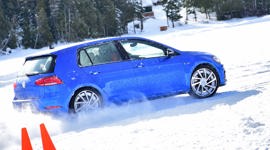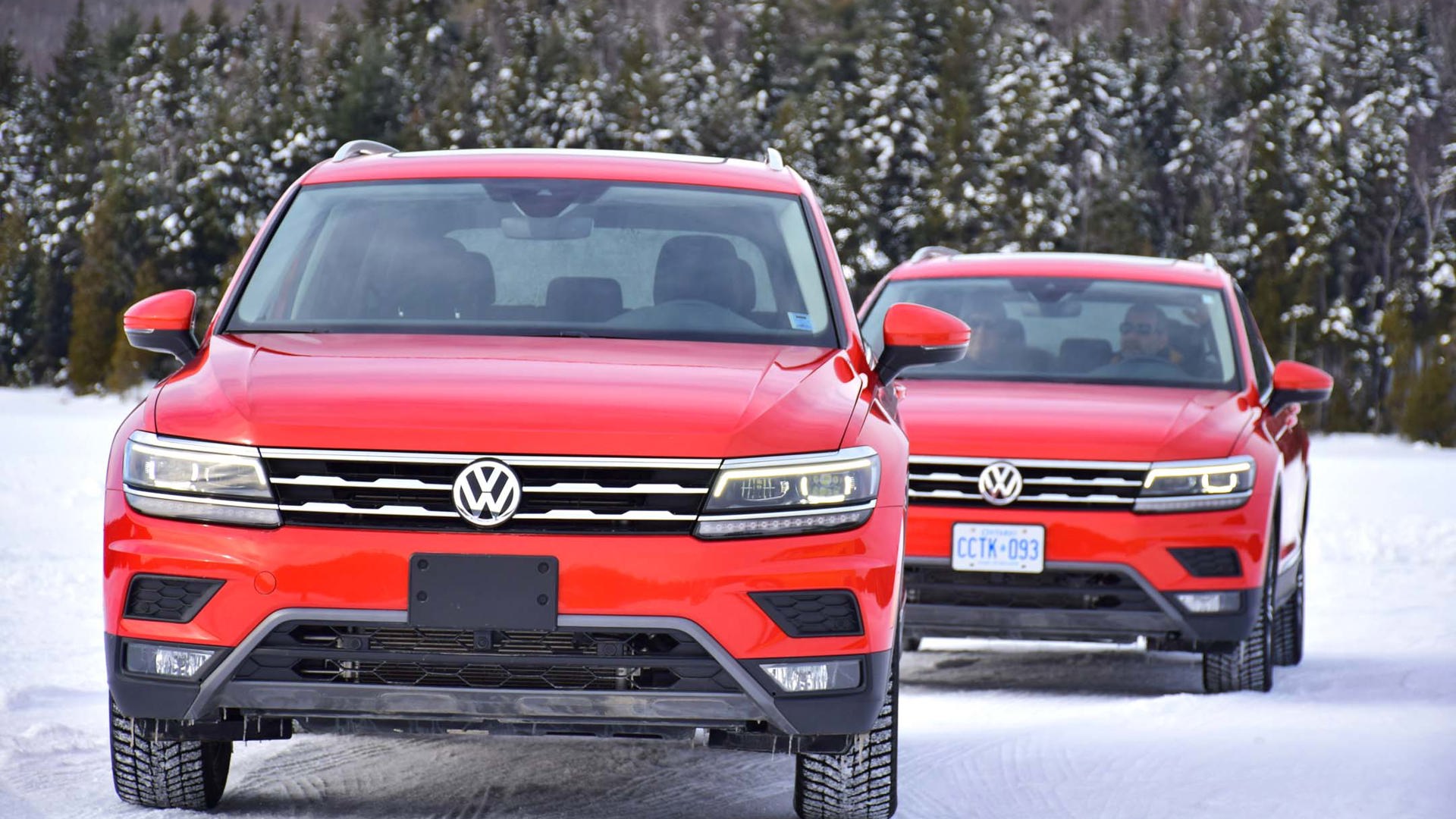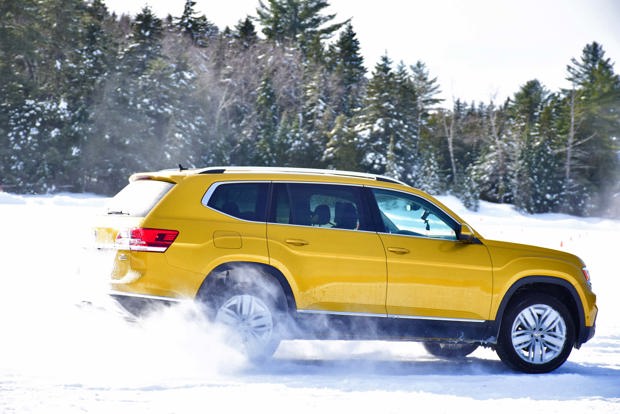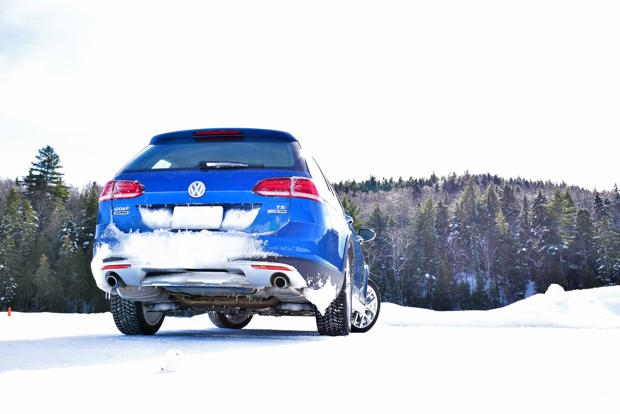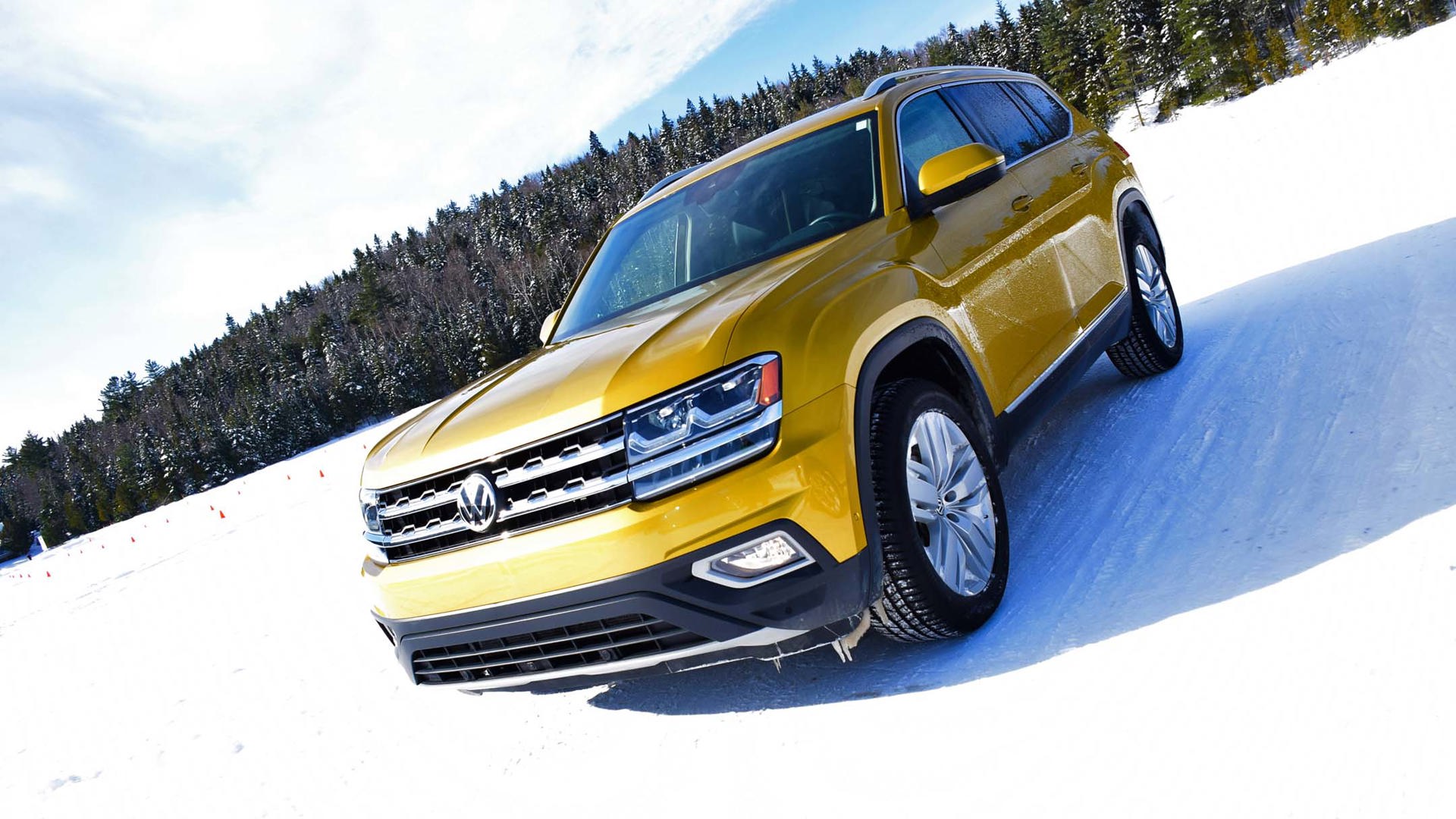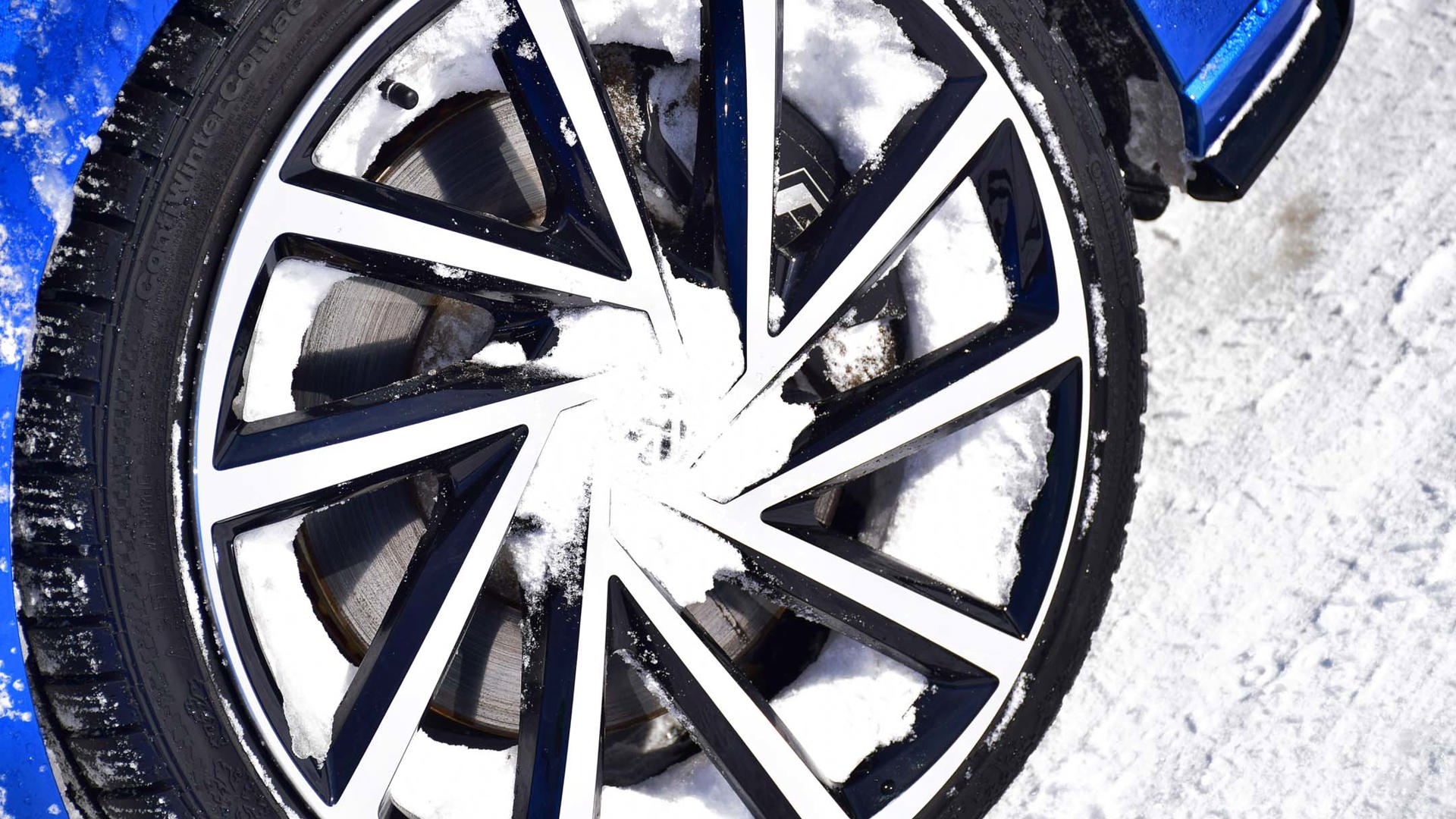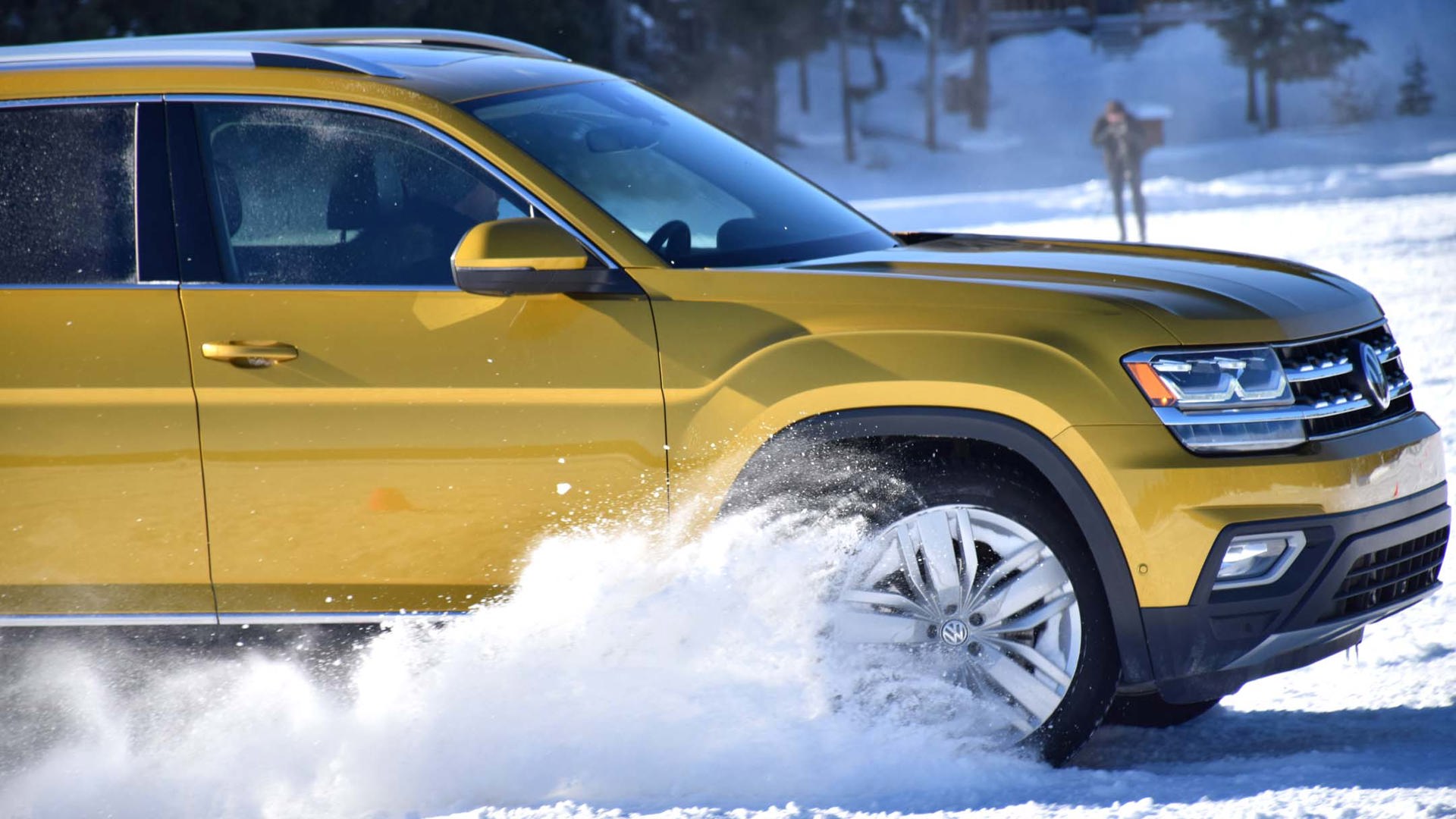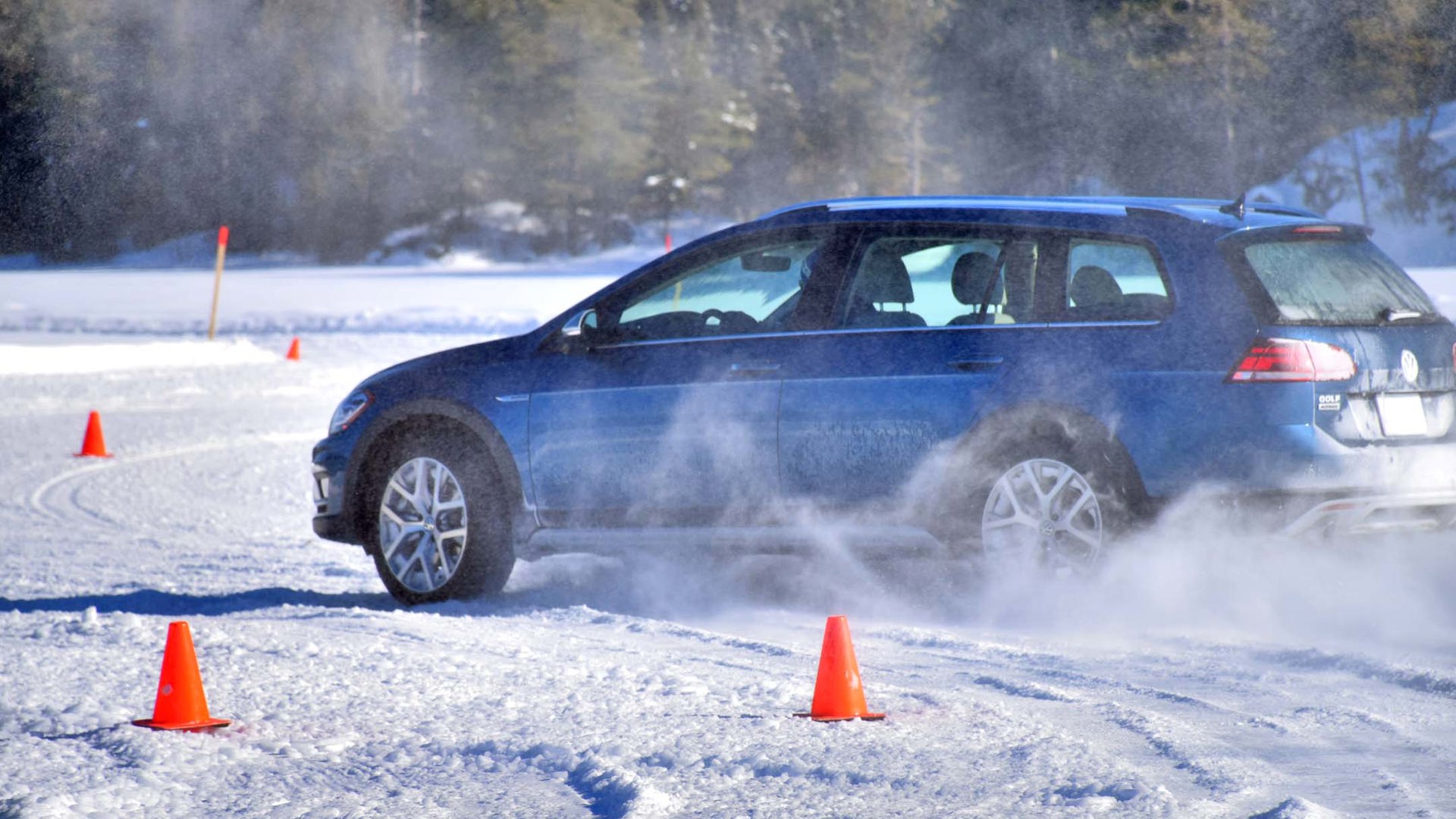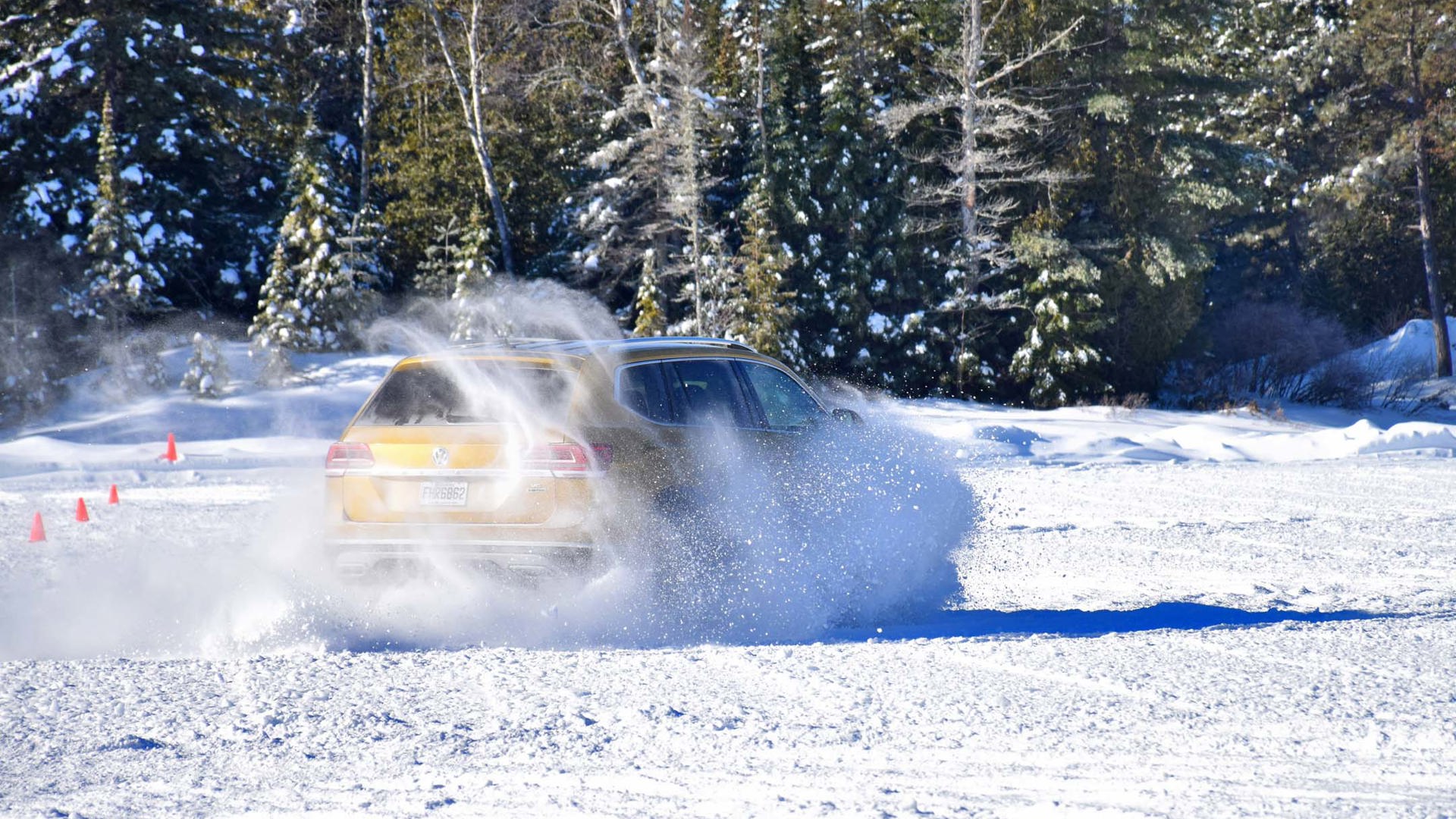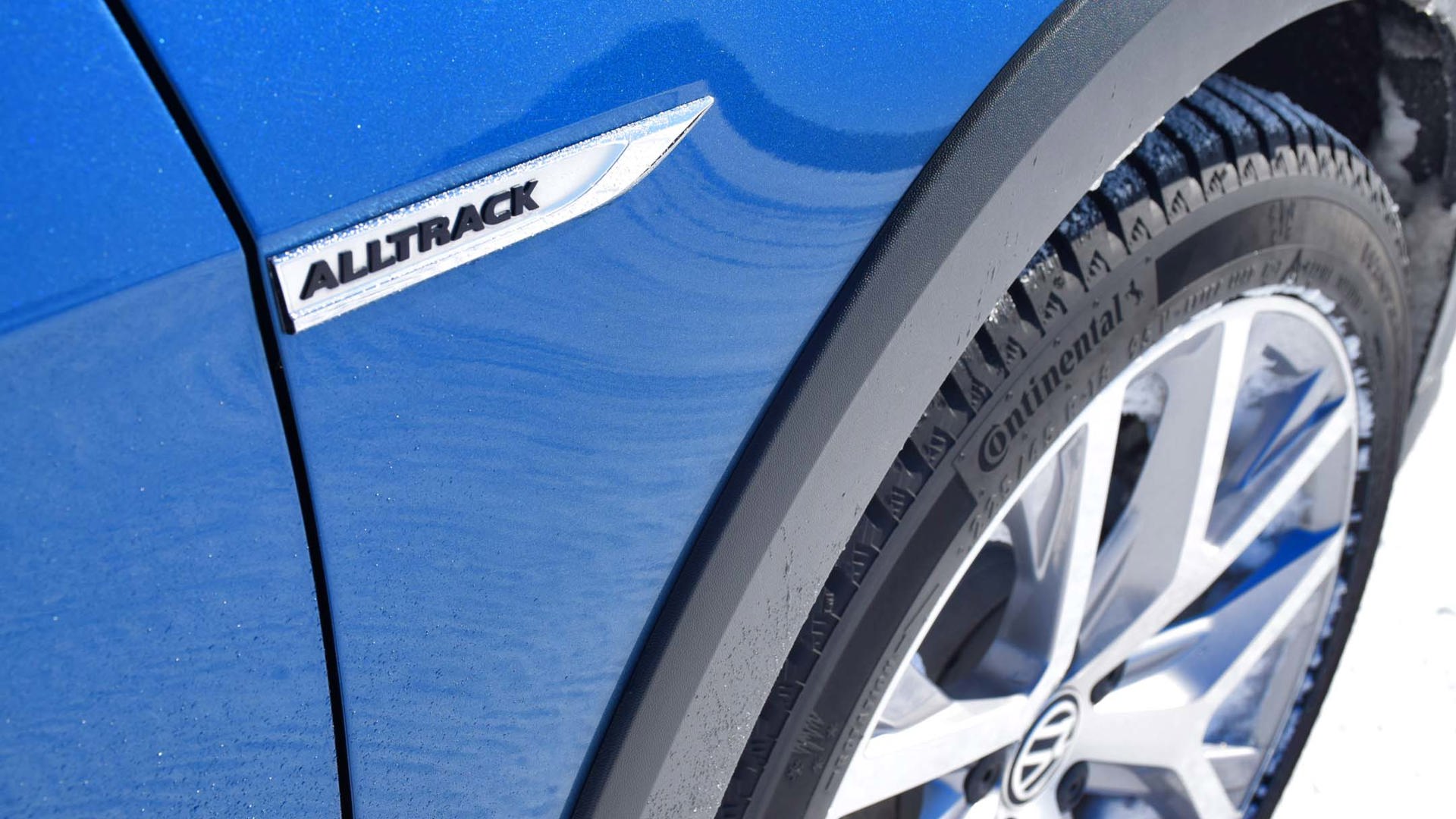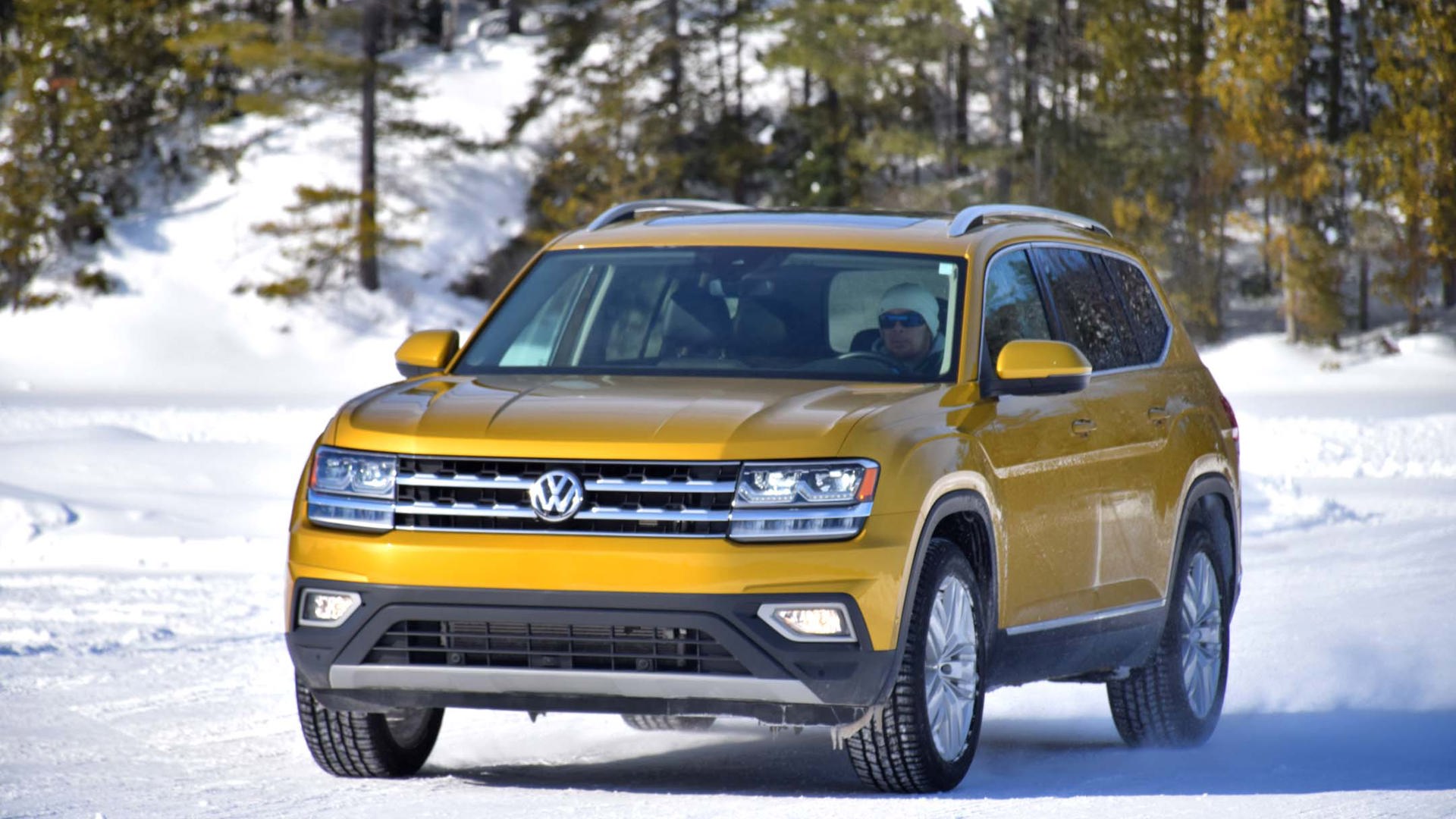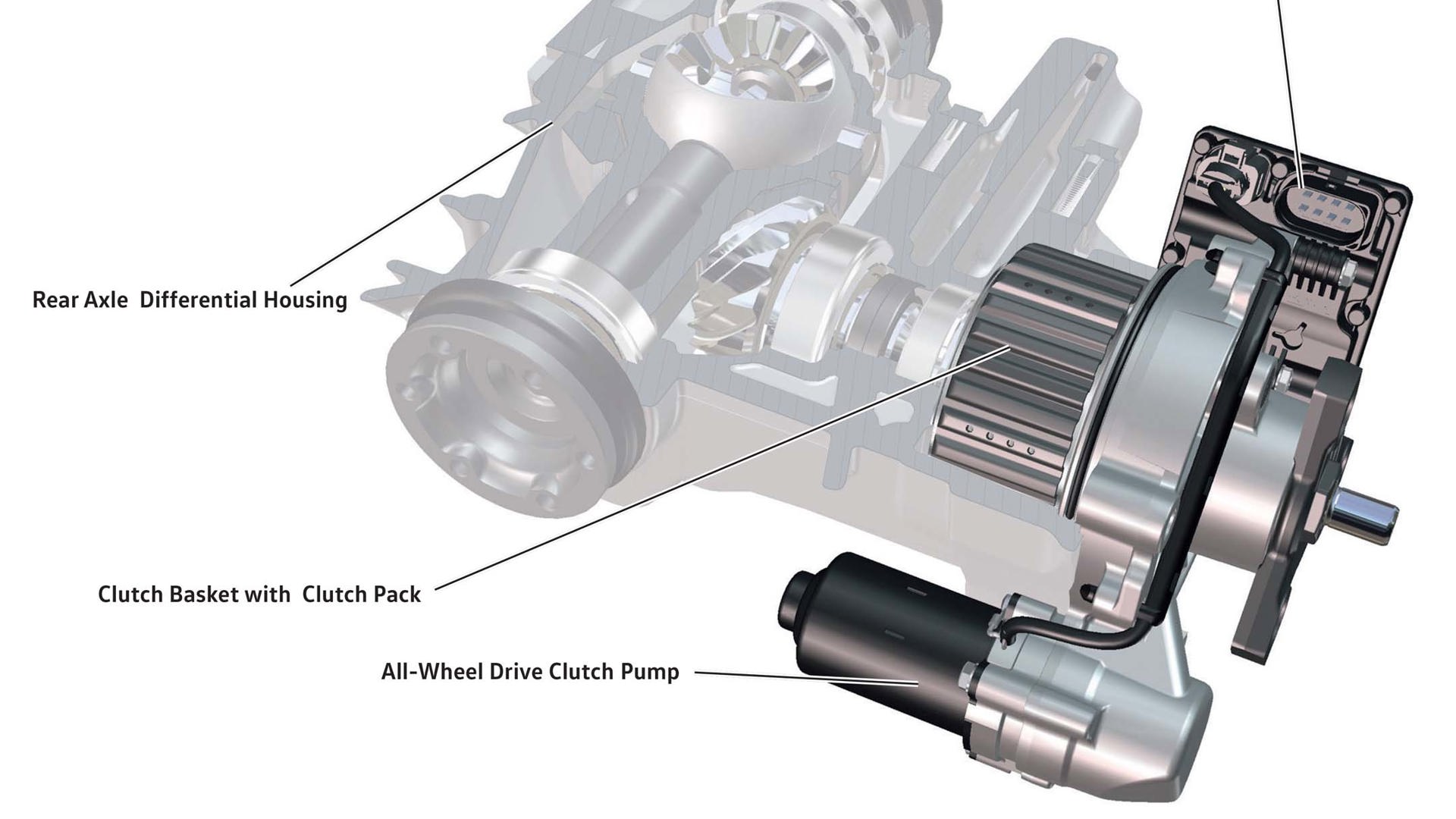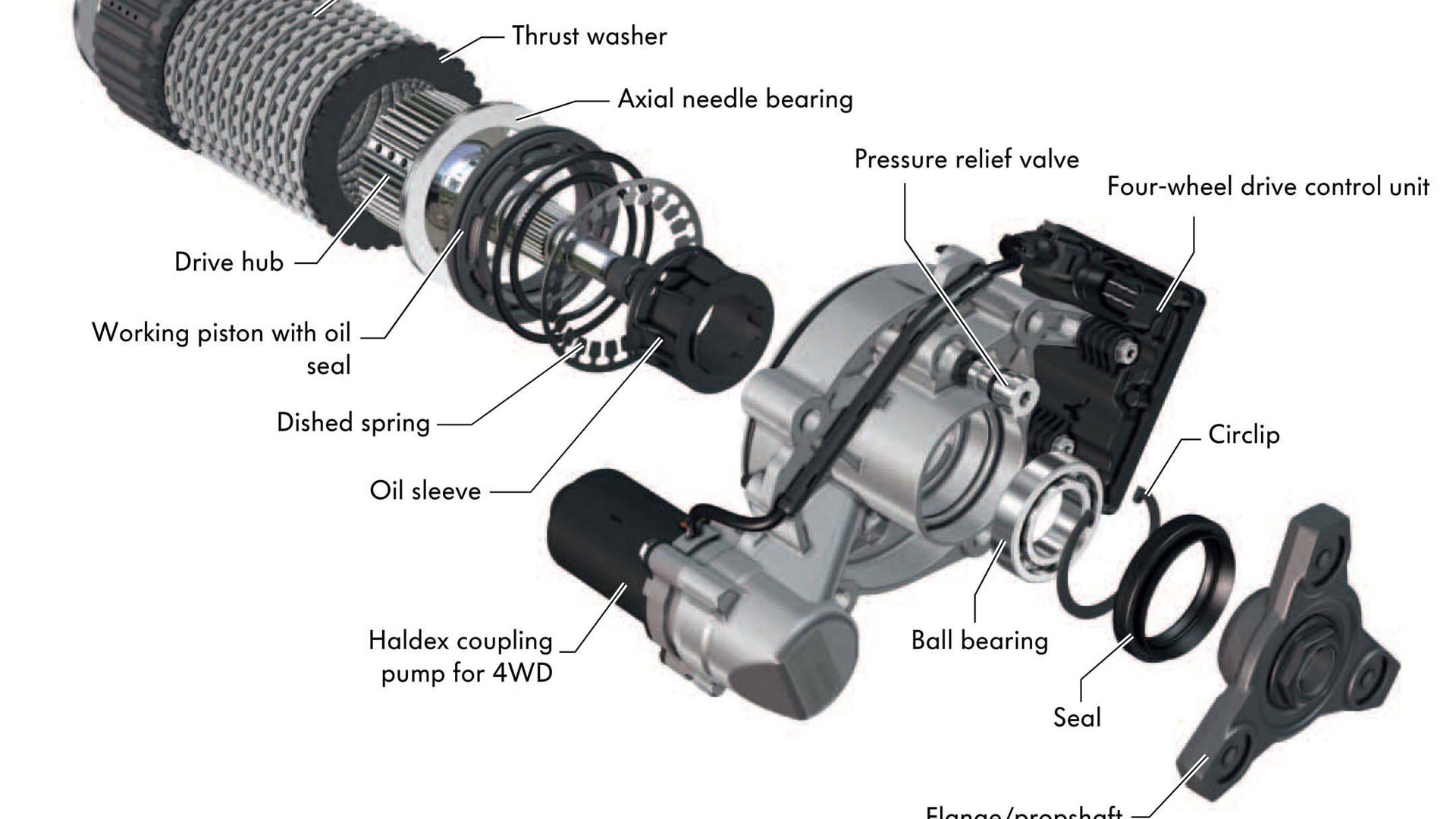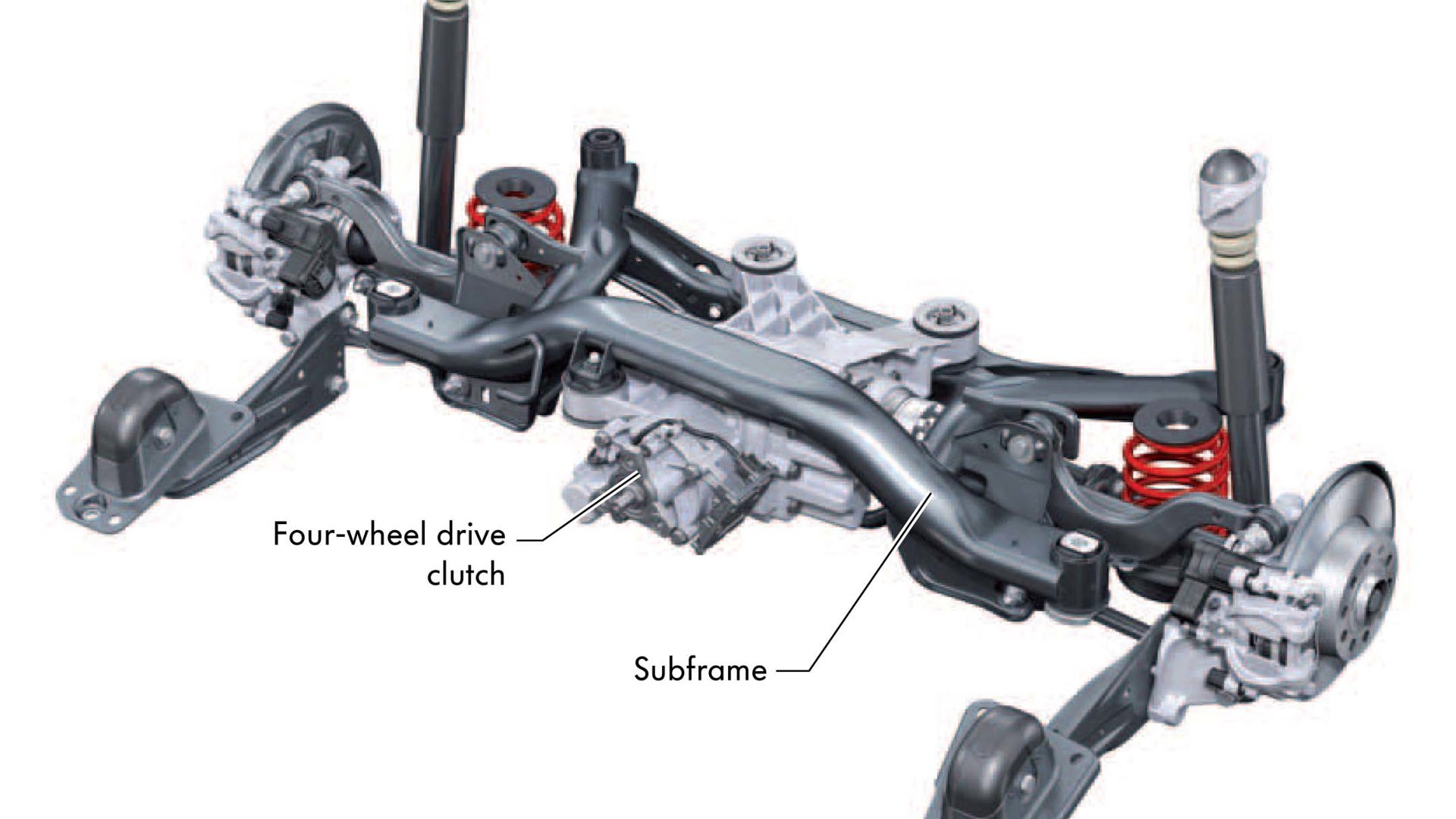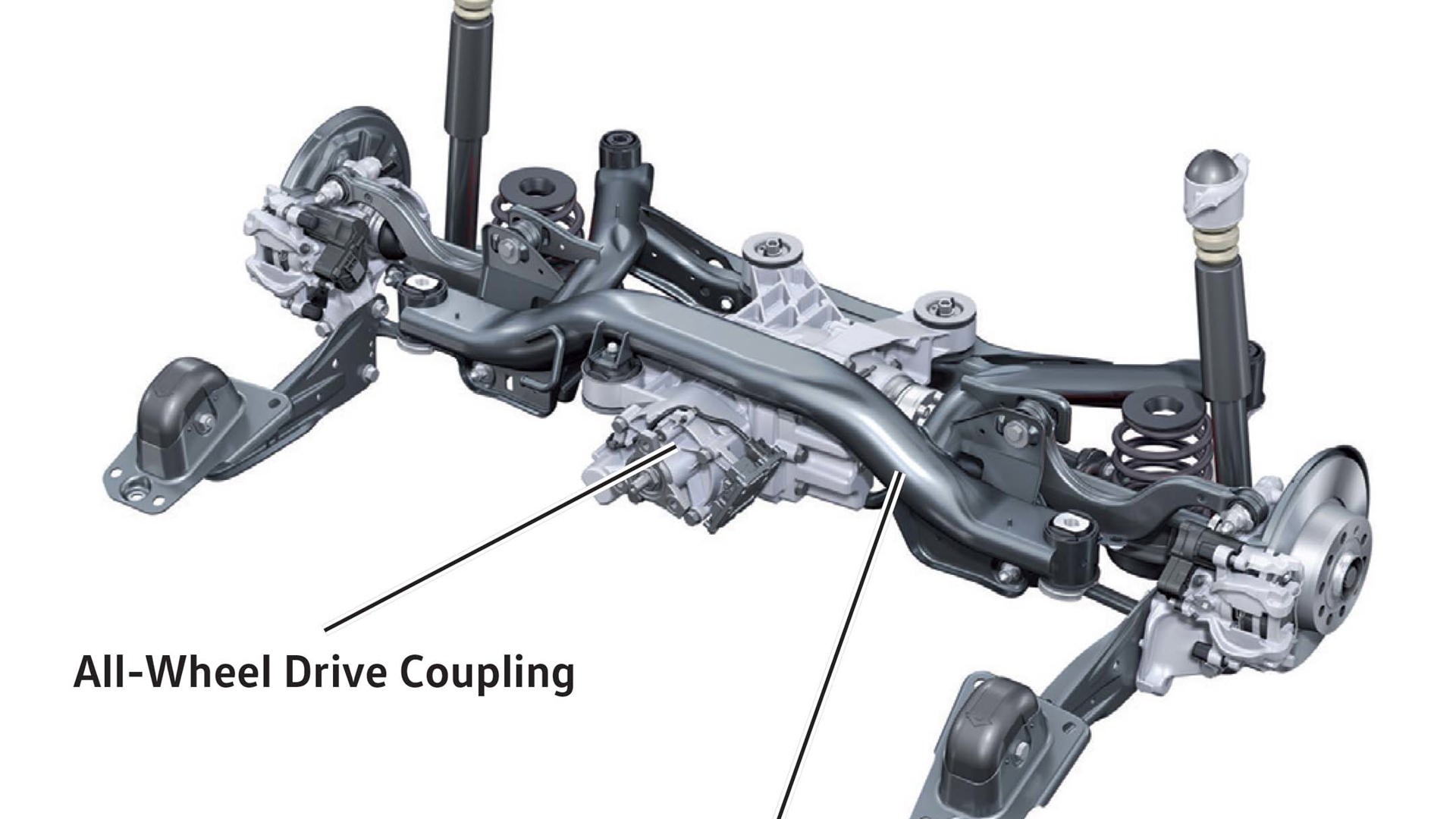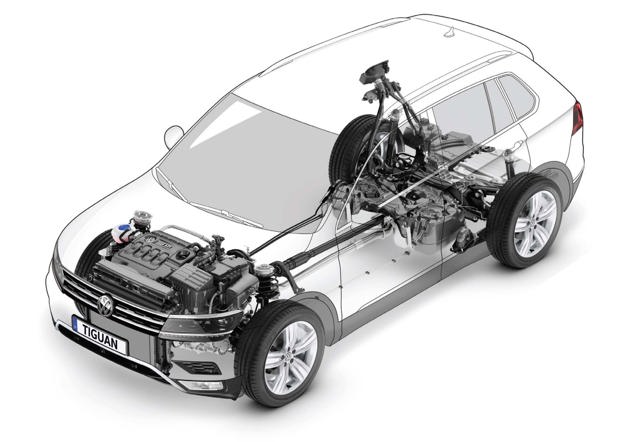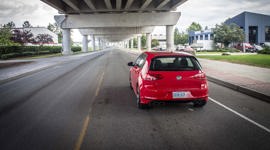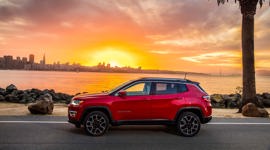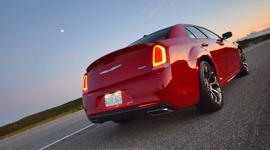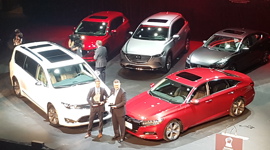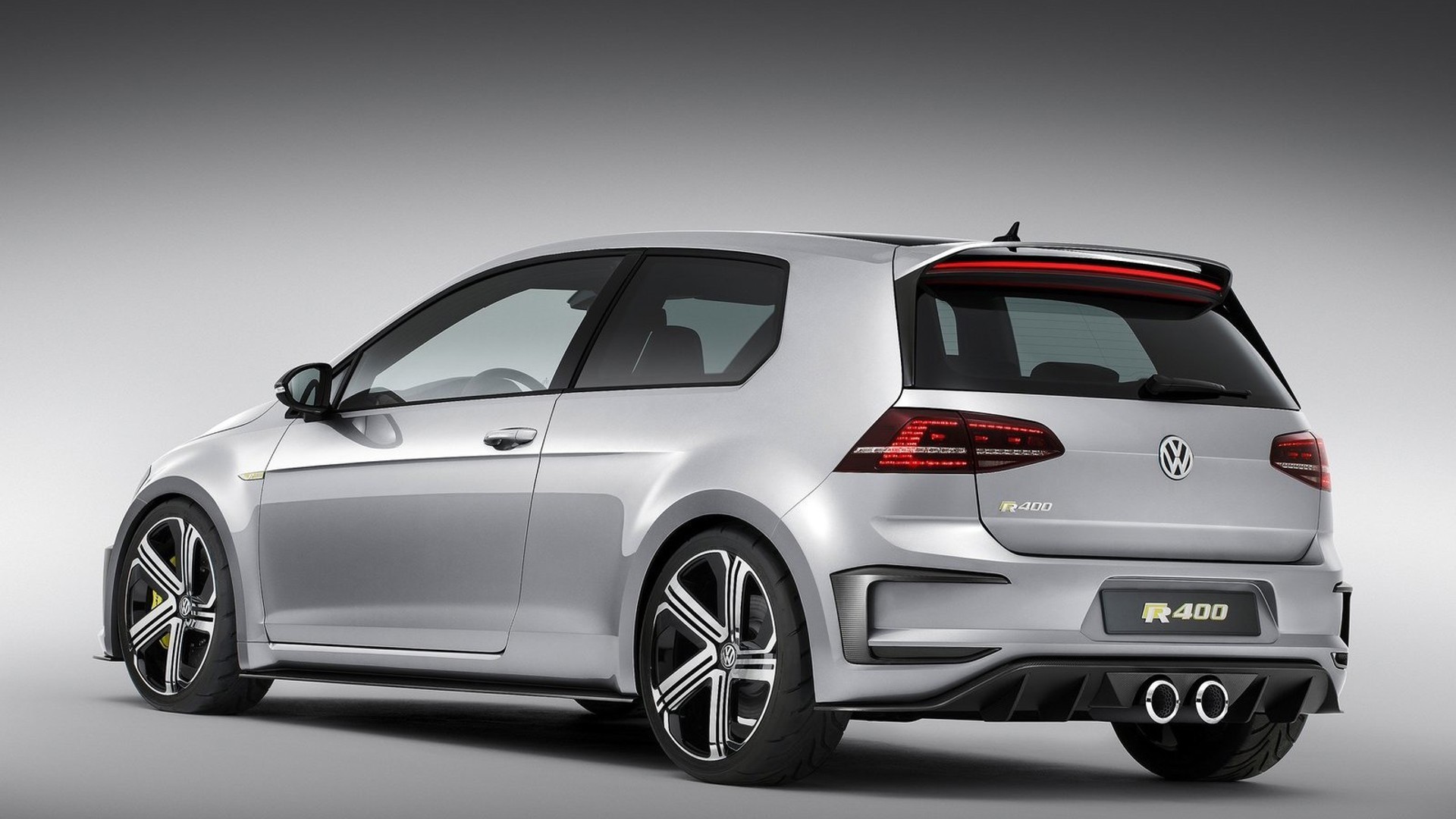There are too many different types of shampoo.
There’s shampoo for curly hair, straight hair, red hair, thinning hair, and grey hair. There’s also shampoo for greasy hair, hair that’s too dry, hair that’s crispy, hair that’s too stringy, and hair that’s not stringy enough. If you just want shampoo, then shopping for shampoo can be daunting. Numerous colorfully packaged competitors flaunt branded benefits, unique attributes, the latest technologies deployed towards the magic of follicular disentanglement.
Which shampoo is best? That may well be a question with no answer.
Shopping for an AWD car or crossover is a similarly daunting experience. Like shampoo, AWD systems compete for a space on your mental radar with unique names, terminologies, promises, and brand recognition considerations hurled into the arena. Also like shampoo, AWD systems are all pitched as very different, touted as better than the competition, and pack technologies for extra effectiveness. Brand loyalty is huge for repeat AWD customers and enthusiasts. And still, at the end of the day (and just like shampoo), AWD systems all do pretty much the exact same thing.
Sales of AWD vehicles in Canada are increasing rapidly. By some accounts, shoppers are quickly ditching small cars and making a rapid exodus from front-wheel drive compacts into AWD-equipped cars and utility vehicles.
Translation? As it is with shampoo, an AWD vehicle is likely to be something you’ll use on the daily.
What’s in a name?
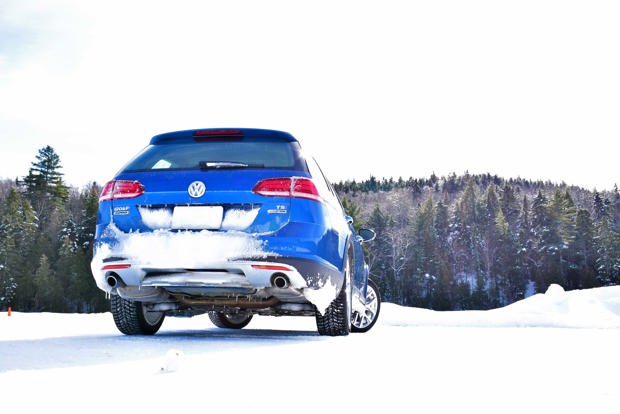
Some automakers name their AWD systems for further recognition in the marketplace. Examples include Quattro, Symmetrical AWD, 4Matic, and xDrive, shared among all models under a single marque. Thing is, from a hardware perspective, many of these branded AWD systems in fact have multiple, distinct versions. Though the badge is applied universally, AWD systems like xDrive, Symmetrical, Quattro, and 4Matic can have different hardware at play in the guts of the system. There are at least two versions of Symmetrical AWD. And Quattro. And 4Matic. And xDrive. Each have different assortments of hardware and layouts and designs.
Volkswagen takes a different approach. Their AWD system is called 4Motion, and with the migration of many recent VW models to the automaker’s latest MQB architecture, the 4Motion system has been unified. Volkswagen’s latest AWD vehicles all ride this MQB architecture, which serves as the steel skeleton upon which the machines are built. From the Tiguan to the Golf R to the Golf Alltrack and Sportwagen to the great big new Atlas, the structure of the vehicles is the same – albeit sized up or down for the application.
With MQB, the so-called structural hard-points are the same, though the overall size of the skeleton can be manipulated to create vehicles from small to large. It’s like us humans: we’re all sized a little differently, but we all have the same arrangement and layout of parts underneath.
So, because VW’s latest AWD models are so similar under the skin, they can, and do, all use the same 4Motion AWD system.
How 4Motion works
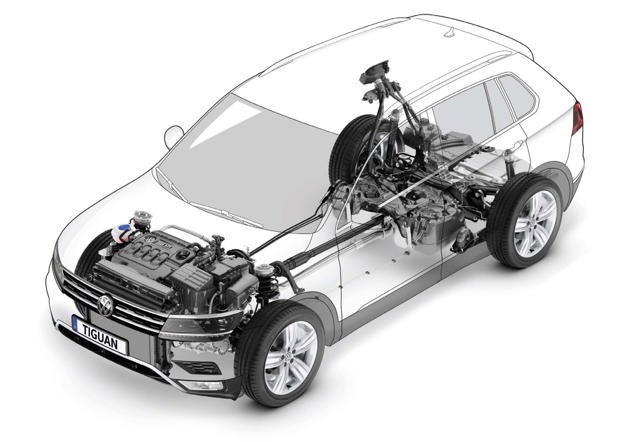
The action starts up front. All vehicles riding the MQB platform use a transverse-mounted engine, which is mounted across the vehicle’s width, not its length. Put another way, the cylinders are arranged side-to-side, not front-to-back, as is typical of a front-wheel-drive vehicle.
The engine sends power to the transmission, which sends power to the front wheels. Additionally, a shaft runs the length of the vehicle, beneath the floor, to mechanically connect the front and rear axles, thereby transmitting torque to the rear wheels.
But there’s a sort of gatekeeper between this shaft and the rear wheels. That gatekeeper is an electro-hydraulic rear power coupling, which is made up of numerous components. We’ll call it the rear coupling, since this is easier.
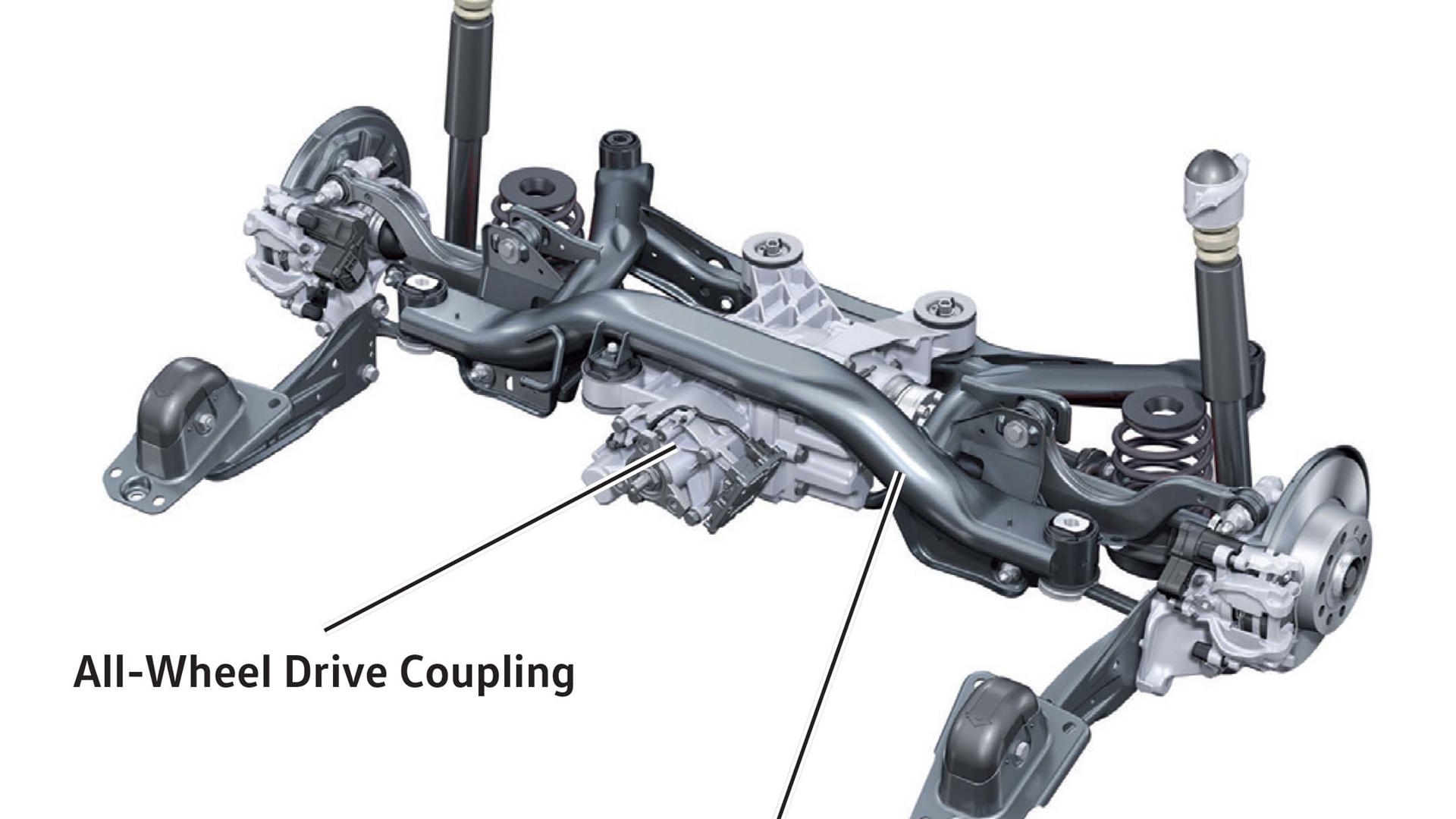
The 4Motion gatekeeper lives inside of the rear coupling and consists of a hydraulic pump, and a series of clutches, stacked one over the next, inside of a component called the clutch basket. The rear driveshaft is mounted to the clutches inside of this clutch basket.
When there’s plenty of traction and all-wheel drive isn’t needed, the clutches inside of this clutch basket are open, and the assembly spins freely. There’s power being sent to the rear coupler, but the open clutches prevent that power from being applied to the rear wheels. Here, it’s like revving the engine in a car with manual transmission, while the clutch pedal is pressed: power is applied, but not transmitted or used, until the clutch / clutches are engaged. In this situation, 4Motion is saving fuel, and the rear wheels are simply being pulled behind the vehicle, not propelled.
When extra traction is required, as determined by a sophisticated computer brain that monitors an array of sensors, the clutches are squeezed together, transmitting some of the mechanical force from the rotating shaft to the rear wheels. Squeeze the clutches a little, and a little power is transmitted to the rear wheels for propulsion. Squeeze the clutches a lot, and more power is sent to the rear wheels.
More pressure on the clutches means more driving power is grabbed from the front half of the system, and moved to the rear.
4Motion in action
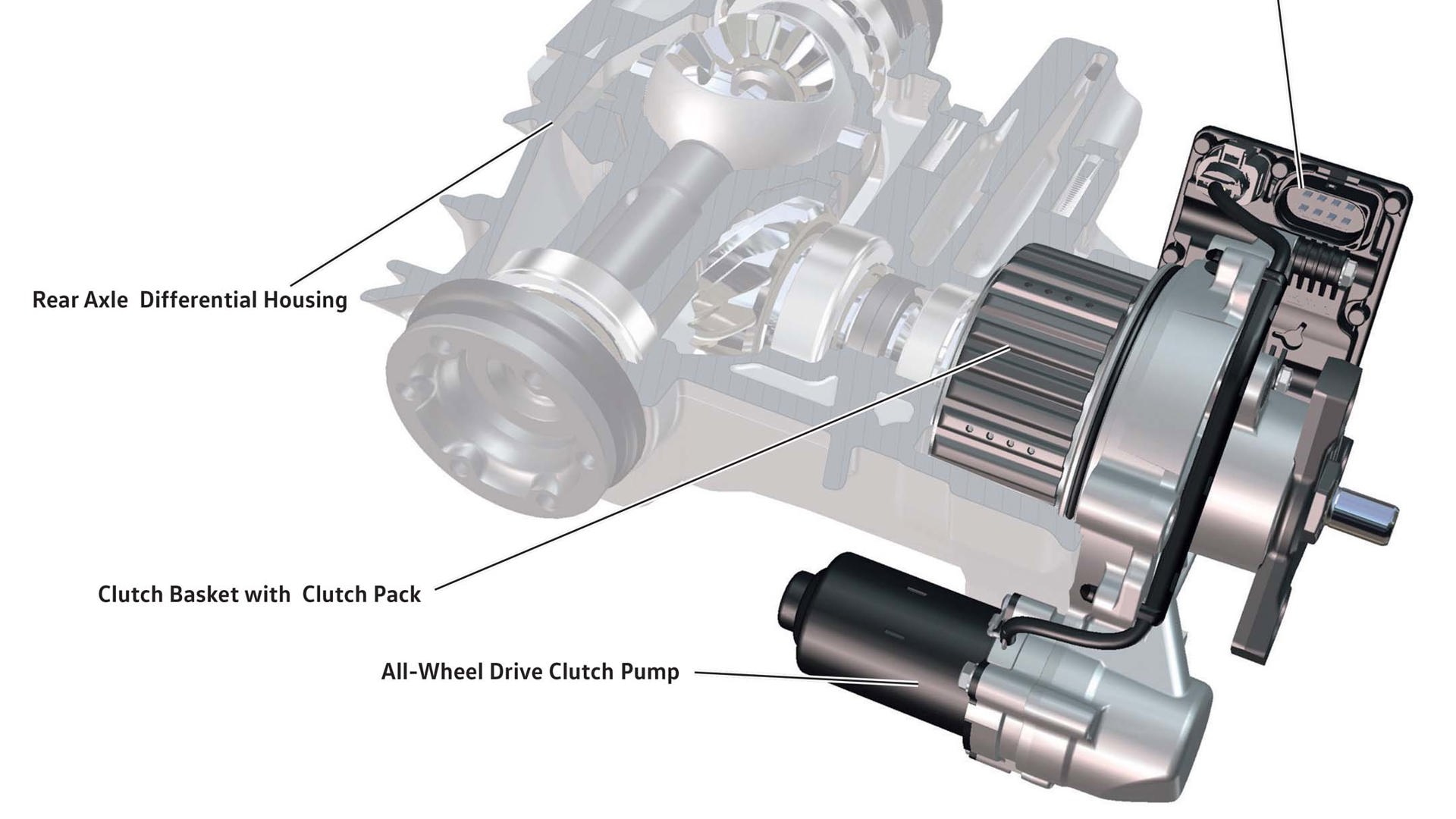
In fractions of a second, when deemed necessary, a precise amount of pressure is applied to the clutches inside of the clutch basket. Unlike the clutch in your car, the clutches in the 4Motion system (which resemble a great big stack of metal discs mounted over a shaft), are operated by hydraulic pressure.
That pressure comes from the aforementioned hydraulic fluid pump, which is mounted to the rear coupler. The pump is electric, so more voltage applied means more hydraulic pressure, which means more squeezing of the clutches, which means more power moved from the front to the rear axle. In simple terms, the amount of power sent to the rear wheels in a 4Motion vehicle can be varied vastly, in the amount of time it takes to alter the flow of electricity through a circuit, which is to say, instantly.
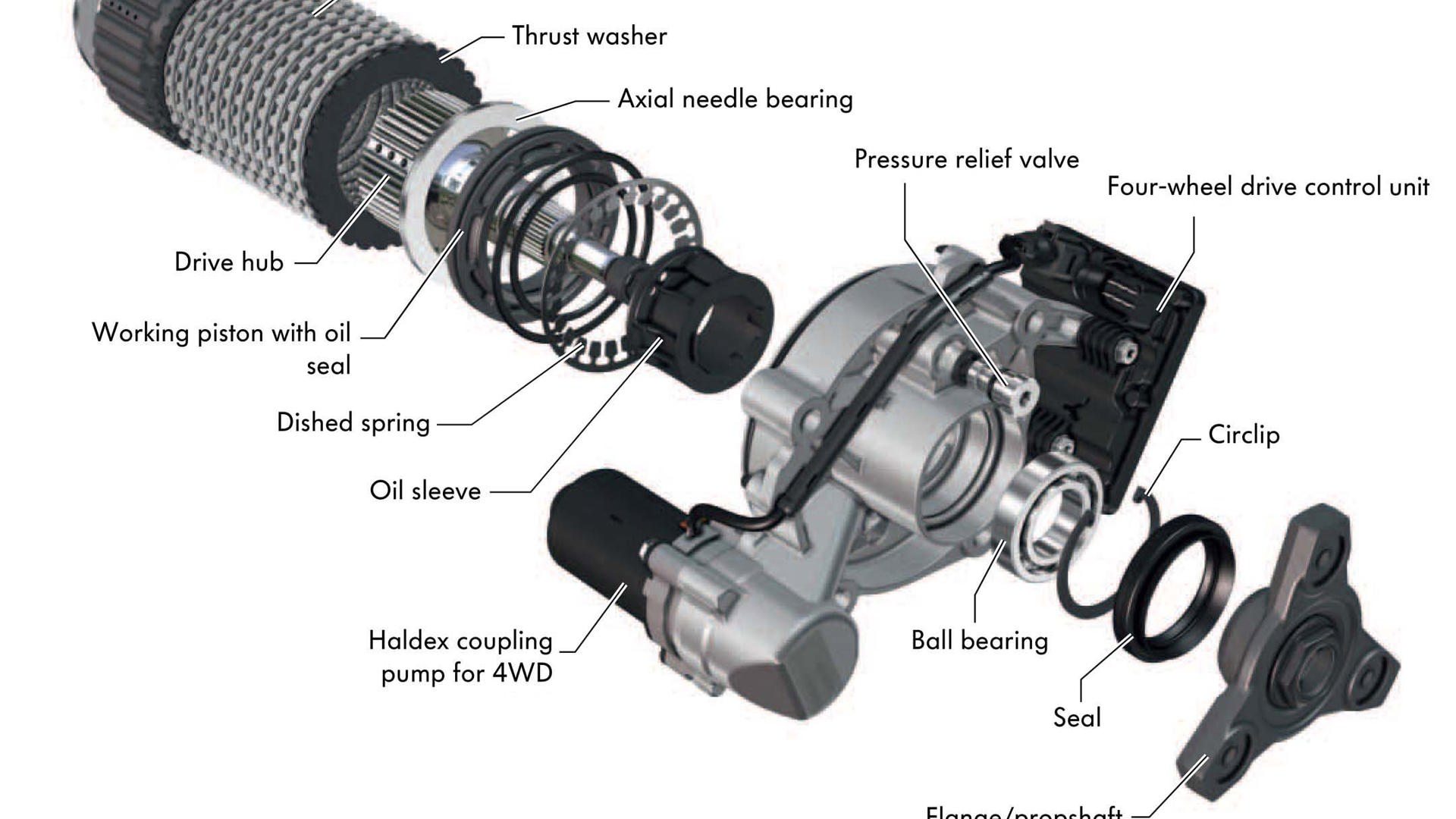
When the 4Motion system needs to send more power to the rear axle, it does so very precisely, and in milliseconds. From the driver’s seat, the process is invisible: you don’t hear, sense, or feel much of anything, other than the vehicle biting in to the surface beneath from the first inches of movement.
Interestingly, the entire rear coupler assembly behind this process is contained within the vehicle’s rear axle.
Further fine-tuning comes from an electronic cross-differential system. Where 4Motion precisely controls the split of engine power between the front and rear axles, the cross-differential system further tailors the power delivery from side to side by using slight, precise braking on a single wheel, coaxing more power to be sent to the opposite wheel on the same axle.
What it means for you, the driver
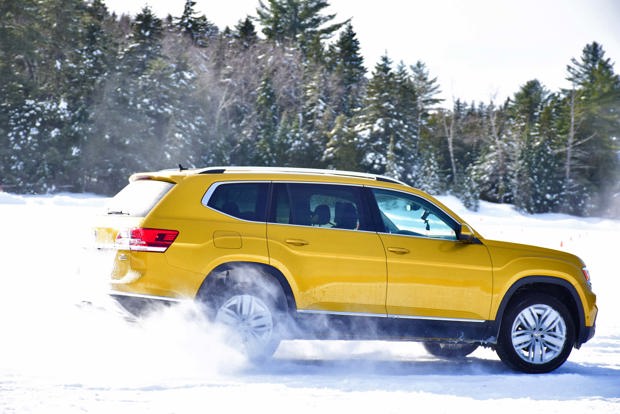
On any surface, 4Motion and its associated systems are able to control exactly how much power is applied to an individual wheel, and when, with virtually instant response. Benefits include added maneuverability in deep snow and ice, more precise response to steering inputs at higher speeds on slippery surfaces, and a more predictable dynamic for the driver.
There’s a torrent of data and signals and electricity and torque being slung around beneath the 4Motion vehicle’s floor, but the sensation from the driver’s seat is easy to sum up: even when driven hard in very challenging conditions, you feel 4Motion extracting every possible scrap of traction available beneath the vehicle, to keep it moving on course and under control.
As an added trick, the 4Motion system can even anticipate low traction, and pre-emptively engage the AWD system for a more seamless sensation from the driver’s seat. As such, 4Motion can react to a loss of traction, but also help prevent one from occurring in the first place.
These aren’t attributes exclusive to 4Motion AWD. In fact, the Borg-Warner-based hardware and components that comprise this fifth-generation 4Motion system are used, in some version or another, by numerous other automakers from Porsche to Hyundai to Volvo.
Volkswagen data indicates that the demand for such systems is growing rapidly. The Golf Sportwagen was made available with 4Motion last year, and sales have since doubled, with some 80 percent of shoppers ticking the 4Motion box on the order sheet. Gloriously, you can even order a Golf Sportwagen, or the more rugged Alltrack variant, with a manual transmission and 4Motion combination, too.
